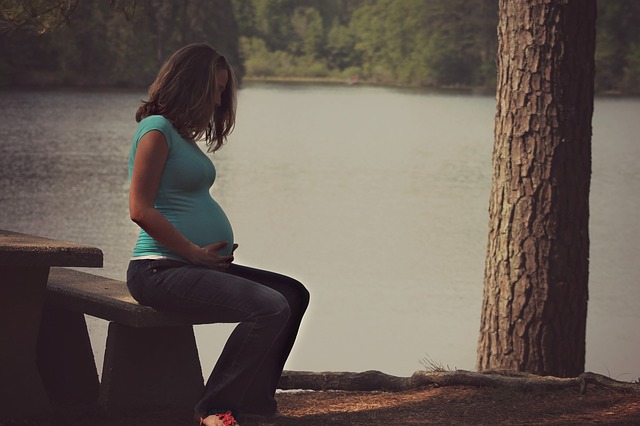A few expecting women have a tough time adjusting to the fact that they can’t go forward with the type of birth they have always dreamed of. There is immense grief that surrounds giving up the thought that you can’t have a normal pregnancy or the delivery that you have expected. There is nothing to be serious about as there are a few techniques mentioned in this article that will help you turn a baby. These techniques may assist you to modify the bottom-first position of your breech baby.
What is the ideal time to try these techniques?
The right time to try the methods to turn your baby is between 34th and 36th week. This is the best time to try natural techniques and find out how it works. It should be only at the 36th or 37th week that you should book an ECV, start to plan a C-section, or get a vaginal breech birth. Though these techniques do not assure you of the successful treatment of your problem, there is no harm in trying them out.
There is a note of precaution. If you experience pain in your back, hip, or pelvic joint, then it is suggested to consult your physiotherapist before you try any of these methods.
List of techniques to turn breech baby naturally
Wait: One of the simplest ways to turn a breech baby is very low effort. Just give it some time. Most of the babies start to turn on their own closer to the due date. The possibilities of having a breech baby reduce with each passing week. Around 30% of babies are breech at 30th week to 32nd week, only 3% of them remain breech till 37th. If the problem doesn’t solve on its own, then try the below ways.
Try a knee to chest position: Sit down on a mat in a kneeling position. Your knees should touch the ground and the bottom should be in the air. Both your shoulder and head should be on the floor. The objective is to tip the baby back out of the pelvis and give him space to turn around. Do not press your thighs against your baby bump. Maintain hip-distance between your knees and baby bump. Be in this position for about fifteen to twenty minutes every day.
Lie on the back with breech tilt posture: In this position, you need to keep a pillow under the bottom and bend your knees. Now take one more pillow and keep it below your head. Ensure that your back is not in a complete flat posture. Be in this posture for ten to fifteen minutes at a stretch. Do this move twice a day. Prefer to do this move when your stomach is empty and your baby is an inactive state.
Try Moxibustion medicine: Moxibustion is a conventional Chinese medicine that helps turn breech babies naturally. To consume this medicine, you need to burn a moxa stick that is made up of an herb known as mugwort. When the stick is burned, place it close to an acupressure point on the little toe. There is a science behind its working. This herb impacts the energy flow in the body, that in turn, encourages the baby to turn.
Moxibustion medicine is completely safe and does not have any side-effects. However, it is advised that before you try it, you must seek advice from a qualified acupuncturist.
If your acupuncturist gives you a green signal, then you can use these sticks from fifteen to sixty minutes at one go, for one to ten times a day. You need to perform this procedure for one to two weeks to see results.
Even after trying all these natural methods to turn your breech baby at 36 weeks of pregnancy, you should seek the assistance of an obstetrician. He will discuss your options and assist you in selecting the next course of action.
Move your body: Movement of the body can cause your breech baby to turn. You can try yoga positions, belly dancing, swimming, doing pelvic tilts, spending time upside down, etc. can help. These movements are based on the gravity principle to raise the bump and get it out of the pelvis region. The reclined sleeping position also cause a lot of babies to turn at night.
Also read: Vaginal Pain During Pregnancy: Causes And Ways To Get Relief
Conclusion
First-time mothers who are very fit and have tight abdominal and pelvic muscles may experience more trouble in getting their baby out. It is advised that they start to have a conversation with the service provider about the type of breech they are dealing with. It will impact the effectiveness of alternative methods.

